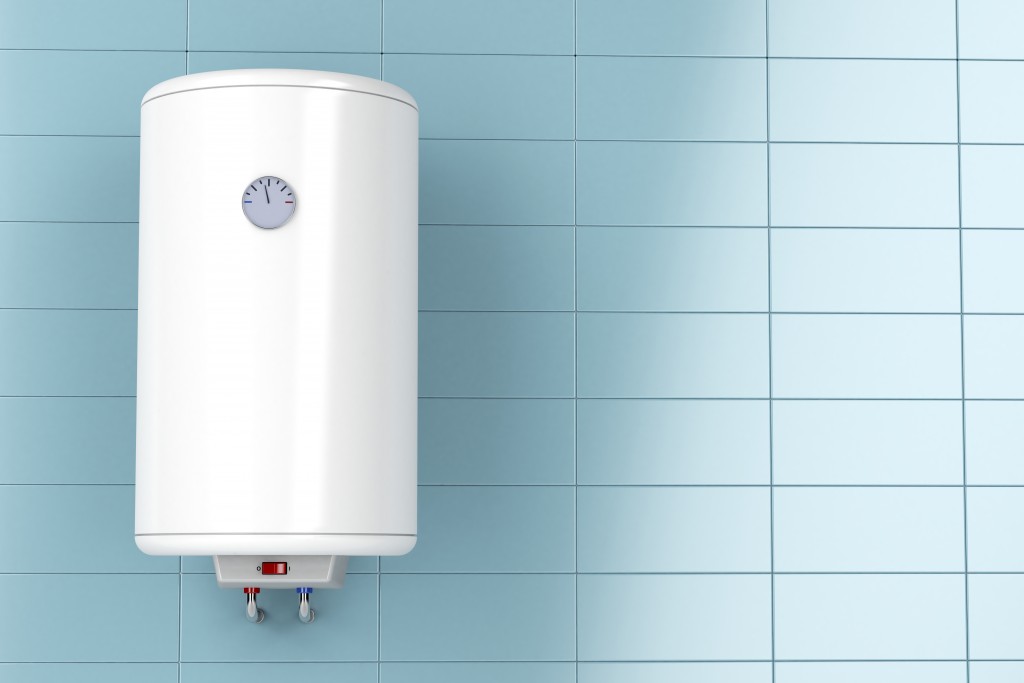The water heater’s main components remain mostly out of view and only attract a property owner’s attention when the heater’s operation is affected. There are several elements which will affect your water heater, but one of the most common and primarily overlooked ones is sediment accumulation.
Sediment denotes all solid materials including sand and precipitates which form out of the accumulated minerals in hard water. In Salt Lake City and other places, sediment accumulation is one of the leading causes of frequent water heater repair and its eventual breakdown.
The key to averting the need for a replacement of your water heater secondary to sediment accumulation lies in recognizing some of the warning signs of this issue. The following are some signs of sediment accumulation in your water heater.
Fluctuating Water Temperatures
Fluctuating water temperatures are not only frustrating but also put the users of hot water in your property at high risk of injuries. The frequent bursts of scalding hot water can cause severe burns while the freezing temperatures are not ideal for people suffering from various illnesses.
Fluctuating water temperatures are generally caused by the covering of your water heating elements with sediments which affect their operation.
Noises When Your Heater Is Running
During the operation of your water heater, the sediments will turn to steam bubbles which cause popping sounds. Rumbling noises might emanate from the bouncing around of the deposits in your water heater’s tank and their continual knocking on the walls.
The exact nature of the noise which will spring from your water heater largely depends on the type of sediment accumulated. Any sound other than the whirring one when the heater is in operation should be a cause of concern.
Rising Energy Costs
Most people will attribute a rise in their property’s energy consumption to appliances other than the water heater. The heating element in water heaters with sediment accumulation will need more energy to heat the water in your tank. This might, therefore, be the primary reason for your property’s high energy costs even with an energy-efficient water heater.
Rust-Colored Water

The sediment in your water heater’s tank might also discolor the water supplied by the heater. Rusty hot water is the most common one associated with sediment accumulation.
Other than the discoloration caused by the sediments, they will also contribute to the corrosion of your water tank’s interior. This corrosion can, in turn, discolor the water.
There are various techniques used by professionals for getting rid of accumulated sediment in water heaters. The plumber can opt to flush your heater’s tank by opening the drain valve then refilling the water tank severally to clean out all the sediments.
This sounds easy enough to do, but the flushing can cause serious water damage to your property and damage other water heater components if handled by an amateur. Flushing will also only work for water heaters with minimal sediment accumulation.
Those with considerable sediment will need the use of a chemical agent for the dissolution of the deposits before the flushing of your water heater’s tank. Always get a plumber immediately you notice the signs above to save your heater from complete damage.




